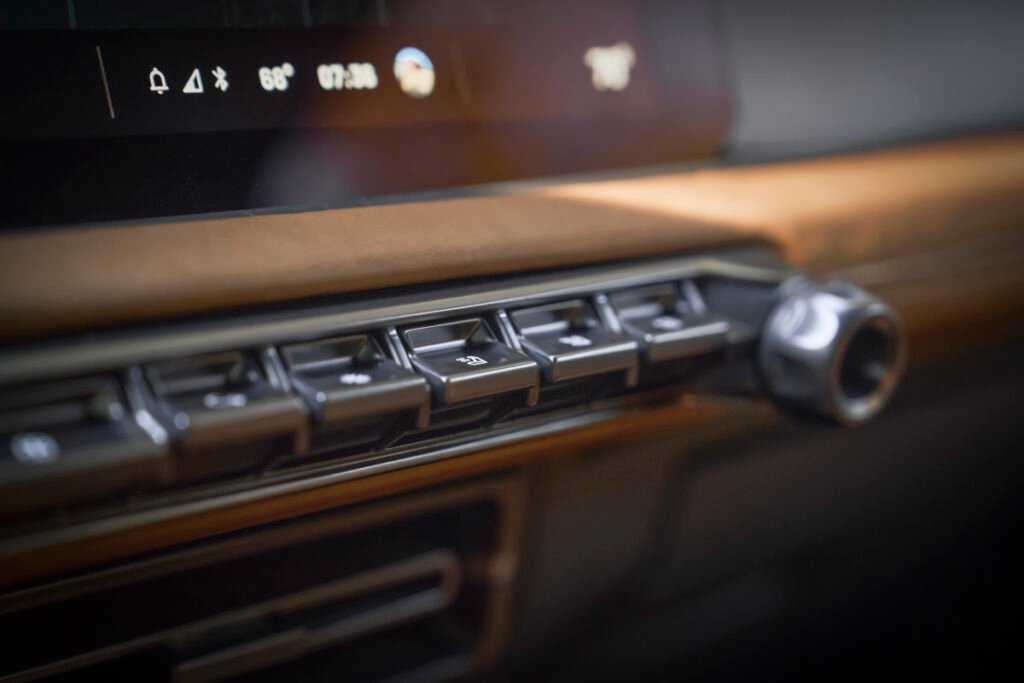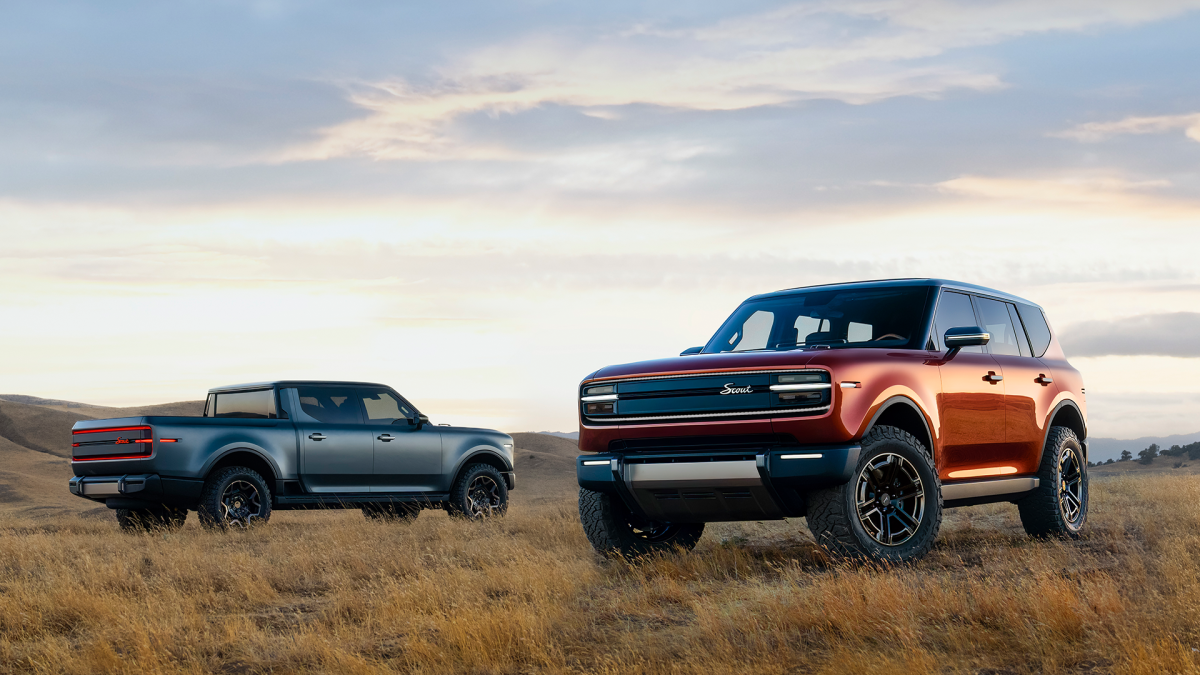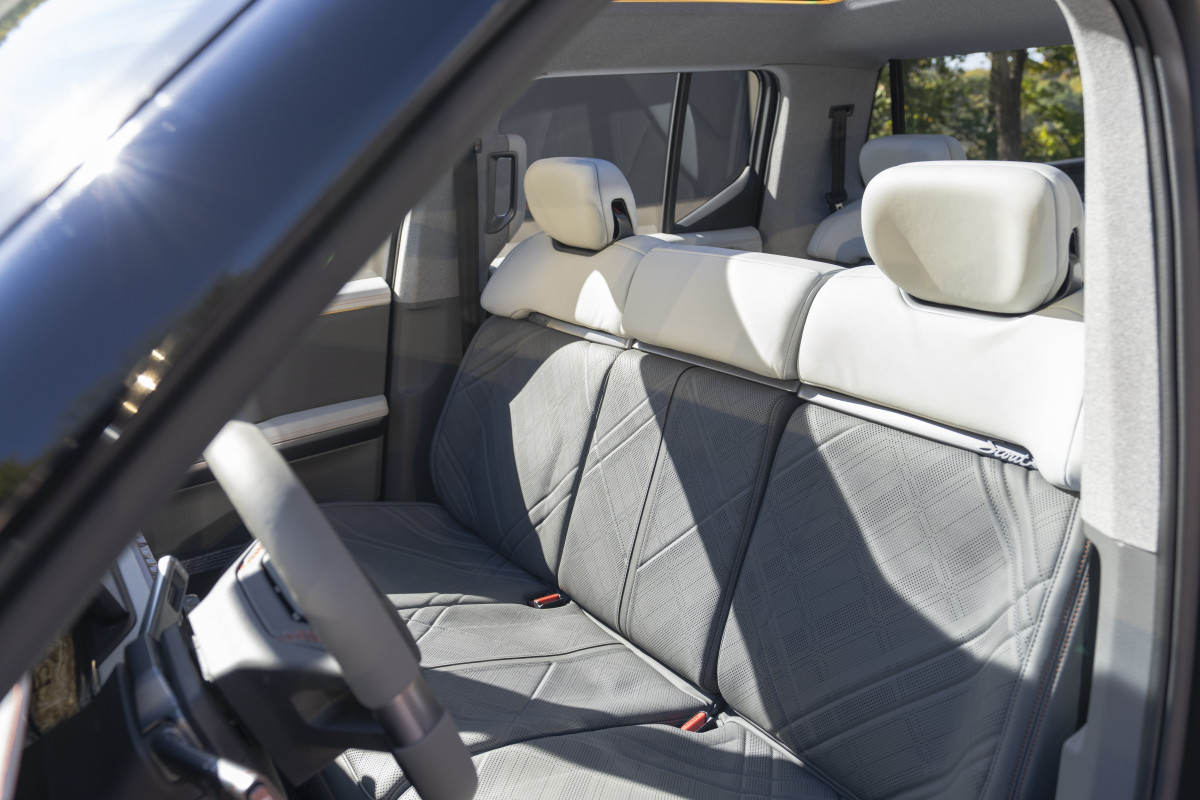
Scout’s Bringing Back Old School Values
Scout Motors, a subsidiary of Volkswagen, is reviving an iconic American nameplate with a genuinely fresh approach, despite its old-school roots. Scout has unveiled two models, the Terra pickup and Traveler SUV, slated for production in 2027. Both are offered with a choice of battery electric motors or range-extender hybrid powertrains, with a robust body-on-frame construction being a standout.
Scout plans to bypass traditional dealerships with direct-to-consumer sales, a move that potential customers are already supportive of. With over 130,000 reservations secured and roughly 80 percent opting for range-extender hybrid powertrains instead of pure electric, Scout appears to have tapped into something consumers genuinely want.
Scout Motors
Oh, The Irony: VW-owned Scout Advocating For Buttons
In recent interviews with Bloomberg, SEO Scott Keogh has been emphatic about vehicle interfaces, calling modern cars “dystopian disconnection machines” where everything is buried eight layers down in touchscreen menus. His philosophy centers on mechanical switches providing genuine connection and fewer screens being better. Keogh argues certain things don’t need reinventing, and a return to the basics can’t come soon enough.
Now, what’s funny is that Keogh previously served as CEO of Volkswagen Group of America. The same Volkswagen that became infamous for eliminating physical buttons in favor of haptic sliders and touchscreen menus, leading to enough backlash that the company vowed to bring buttons back.

Touchscreens Are Dropping Out of Favor
The Scout concept vehicles featured two large screens, including a central infotainment touchscreen, but with prominent physical controls positioned for easy access. However, Keogh has acknowledged that anything could change before the 2027 launch, potentially leading to an even more button-forward interior design.
The backlash against touchscreen-dominated interiors has grown so significant that Europe’s leading safety testing agency now deducts points from vehicles lacking physical buttons for essential functions. Perhaps it takes an American brand rising from the ashes, untethered from legacy design decisions, to demonstrate that simple buttons and modern technology can coexist in the same package.



